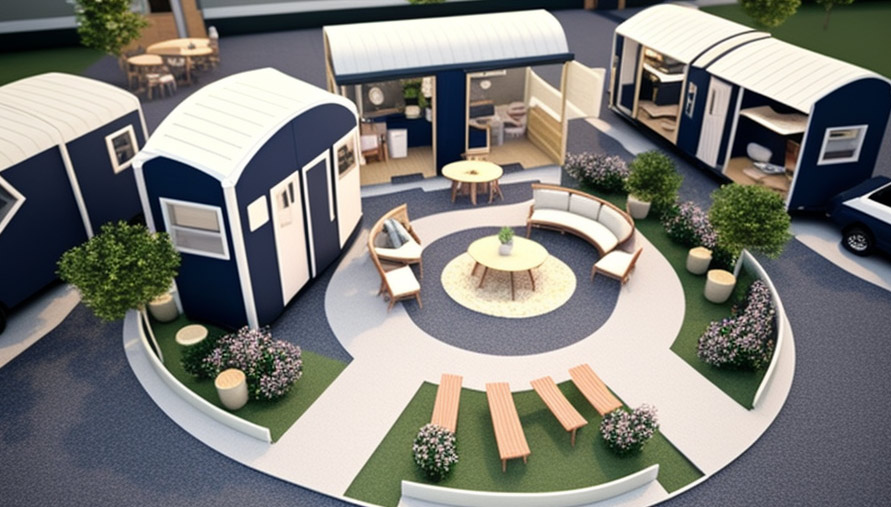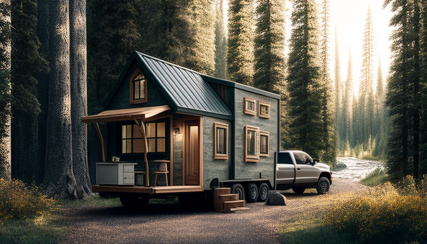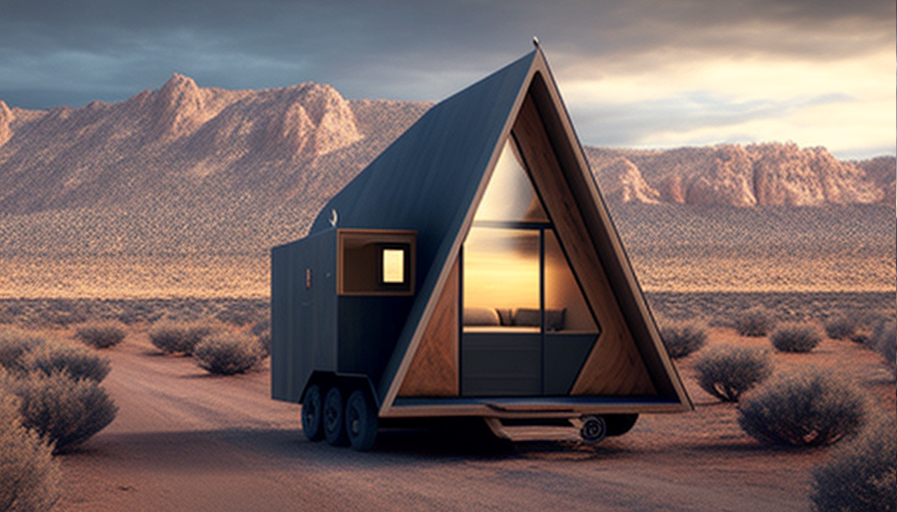Tiny homes are growing in popularity due to their affordability and eco-friendliness, but many people are unsure of how much it actually costs to build one. In this article, we’ll go over the key factors that influence the cost of building a tiny home, and provide you with a detailed breakdown of the expenses you can expect to incur.
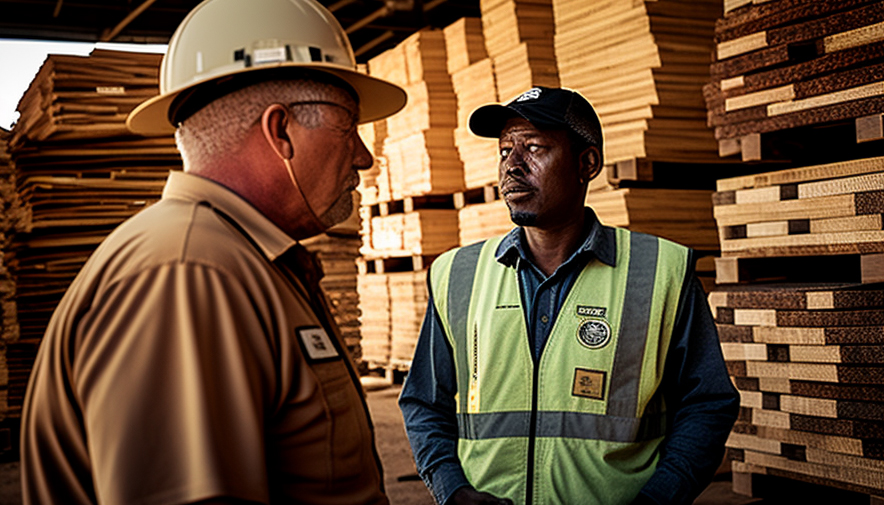
The Basics of Tiny Home Construction
Before we dive into the costs, let’s first go over the basic components of a tiny home. A typical tiny home includes the following:
- A trailer or foundation to serve as the base of the home
- Flooring, walls, and roofing
- Plumbing and electrical systems
- Kitchen and bathroom facilities
- Heating and cooling systems
- Decorative finishes (e.g., flooring, countertops, cabinets, etc.)
Key Factors That Influence the Cost of a Tiny Home
There are several key factors that will influence the cost of building a tiny home, including:
- Size: The size of your tiny home will have a big impact on its cost. Larger homes will require more materials and more labor, which will drive up the price.
- Materials: The materials you choose for your tiny home will also impact its cost. Higher-quality materials will be more expensive, but they will also last longer and offer better insulation and energy efficiency.
- Location: The location of your tiny home will also play a role in its cost. In some areas, building codes and regulations may be more stringent, which will increase the cost of construction. Additionally, shipping costs for materials and labor may be higher in certain regions.
- Customization: The more customization you want for your tiny home, the more it will cost. This can include custom cabinetry, unique flooring options, and high-end appliances.
- Building method: The building method you choose will also impact the cost of your tiny home. Some builders offer pre-fabricated options that can be assembled on-site, while others offer custom building services.
Average Cost of Building a Tiny Home
Based on these factors, the average cost of building a tiny home can range from $10,000 to $100,000 or more. However, most tiny homes fall within the range of $50,000 to $60,000.
To give you a more detailed breakdown of the costs involved, here’s a list of the typical expenses you can expect:
- Trailer or foundation: $3,000 to $5,000
- Flooring, walls, and roofing: $10,000 to $15,000
- Plumbing and electrical systems: $5,000 to $10,000
- Kitchen and bathroom facilities: $3,000 to $5,000
- Heating and cooling systems: $2,000 to $4,000
- Decorative finishes: $10,000 to $15,000
- Other miscellaneous expenses (e.g., permits, inspections, etc.): $2,000 to $5,000
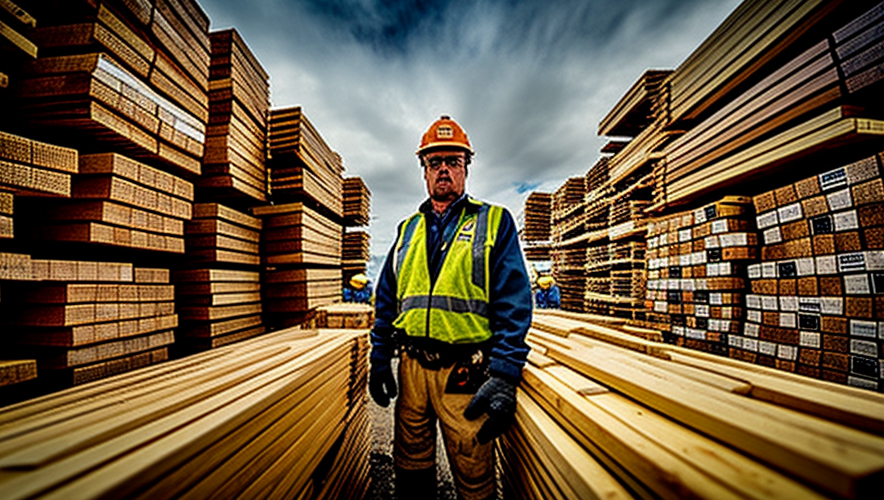
How to Save Money When Building a Tiny Home
While building a tiny home can be expensive, there are several ways to reduce the cost. Here are a few tips to help you save money:
- Choose simple, functional designs: The more complex the design of your tiny home, the more it will cost. Consider a minimalist design that prioritizes functionality over aesthetics.
- Use reclaimed materials: Reclaimed materials can be a cost-effective option for building your tiny home. You can often find affordable building materials at salvage yards, flea markets, and even online.
- Do some of the work yourself: If you have a DIY spirit, consider doing some of the work yourself. This can include tasks like painting, installing flooring, and even some of the plumbing and electrical work (with proper training and equipment, of course).
- Consider buying a pre-built tiny home: If you’re not interested in building your tiny home from scratch, consider purchasing a pre-built one. This can save you time and money, as many of the construction costs will have already been absorbed by the builder.
- Shop around for the best deals: Don’t be afraid to shop around and compare prices for materials and labor. You can often save money by buying materials in bulk or negotiating a better deal with a contractor.

Conclusion
Building a tiny home can be a cost-effective and eco-friendly alternative to traditional housing, but it’s important to understand the expenses involved. By taking the time to carefully consider your options and budget, you can ensure that you end up with the tiny home of your dreams that fits within your budget.
